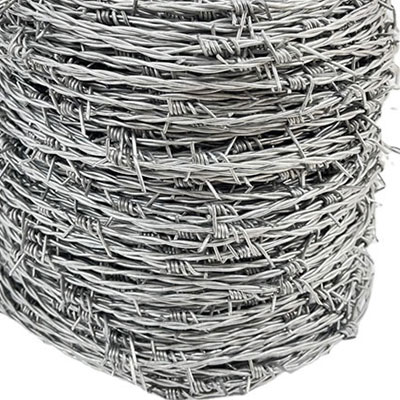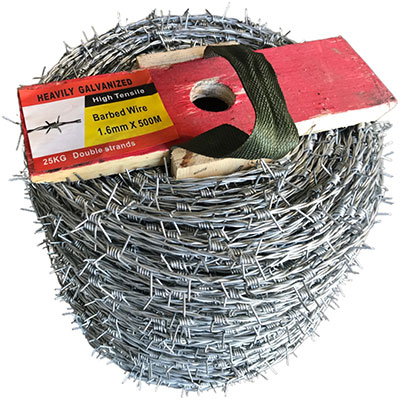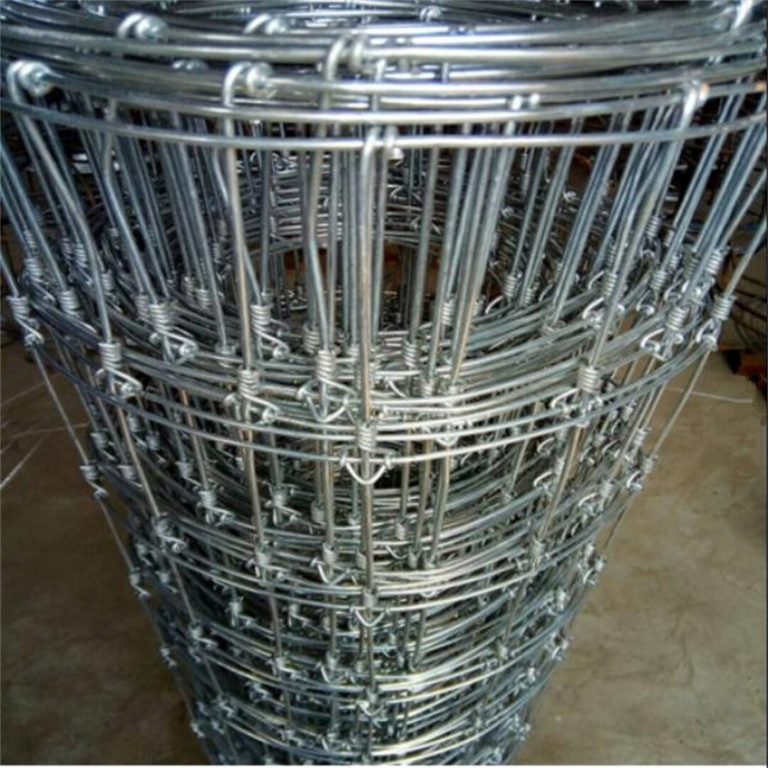
History & Development of Iowa-Type Barbed Wire in Australia
The Iowa-type barbed wire made its way to Australia in the late 19th century. Following its success during the barbed wire boom in the United States.
Click To View ProductAustralia’s agricultural industry expanded, especially in the outback and remote pastoral areas. This meant there was a pressing need for effective and affordable livestock fencing. The robust design of the Iowa-type barbed wire quickly gained popularity among Australian farmers and graziers. This was due to its strength, durability, and ability to withstand Australia’s harsh climate.
Influences from the United States were key in its adoption, particularly the innovations by Joseph Glidden, Jacob Haish, and Charles Francis Washburn. Their early patents shaped the Iowa-type design. Australian settlers soon realised that this barbed wire could effectively manage large-scale cattle and sheep farming. This meant reducing the dependency on expensive timber fences and stone walls that were impractical in many Australian regions.
Characteristics of Iowa-Type Barbed Wire in Australia
- Two-Strand, Twisted Design. The two twisted steel strands provide the necessary tension, flexibility, and strength to withstand the pressure of Australian livestock like cattle and sheep.
- Four-Point Barbs: The regularly spaced four-point barbs offer superior security, deterring animals from pushing through fences.
- Galvanised Coating: The HOT DIPPED GALVANISED coating resists rust and corrosion, essential for coping with coastal climates and outback conditions and lasts much longer than standard electroplated wire.
- Flexibility & Strength. The twisted design ensures elasticity, making it resistant to breakage from livestock impacts and environmental stress such as strong winds and bushfires.
Impact on Australian Agriculture
- Livestock Control: The wire revolutionised livestock management, allowing farmers to create secure enclosures for sheep, cattle, and goats.
- Land Division & Settlement. It played a pivotal role in the division of large pastoral lands, supporting the rapid development of Australia’s agricultural frontier.
- Conflict & Regulation. Similar to the Range Wars in the U.S., barbed wire use in Australia led to disputes over land rights and grazing territories, prompting new fencing regulations.
Modern Uses & Collectability in Australia
- Agricultural & Security Fencing. The Iowa-type remains essential for modern Australian farms, rural properties, and military installations due to its reliability and longevity.
- Historical & Collector’s Item. Collectors in Australia highly value original Iowa-type barbed wire, identifying pieces by their distinct twist patterns and unique barb spacing, often seen in heritage-listed rural properties.




